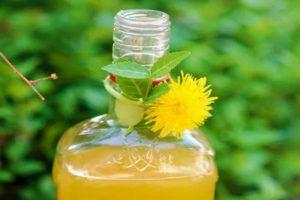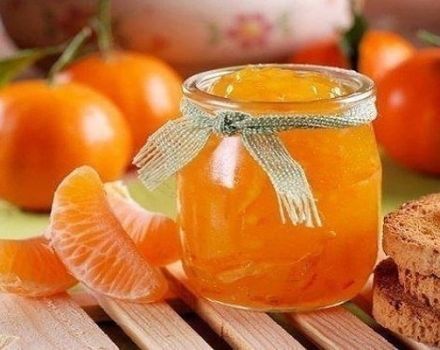Why homemade wine smells like mash, how to remove the smell of yeast and methods of cleaning
When making wine at home, you may encounter the problem of the presence of a foreign smell in an alcoholic beverage. In such a situation, you need to figure out why homemade wine can smell like mash and how you can eliminate the defect. Proper cleaning helps to restore the natural scent, regardless of the cause of the problem.
Why does wine smell like yeast
There are several reasons why the drink loses its proper aromatic characteristics and begins to smell like mash. Most often this is due to a violation of the conditions for preparing a drink and non-compliance with the recipe.
Including, the reasons are:
- Using low quality raw materials. The source material directly affects the characteristics of the finished product, so it is worthwhile to first select the raw material.
- Fermentation conditions. An important stage in the preparation of the drink is the fermentation process, and in order for the wine to acquire an exquisite taste and aroma, it is important to eliminate the risk of interaction between the must and air.
- Ambient temperature. The indicator affects the quality and intensity of fermentation, therefore temperature deviations lead to the appearance of an undesirable smell in the wine.
- Cooking time. It takes a certain amount of time to cook and infuse wine, which is calculated taking into account the starting products.

How to remove yeast odor from wine
If in the course of making homemade wine, violations were made and an undesirable smell appeared, there is an opportunity to restore the aroma. From the available options, it is better to choose the more suitable one depending on the available possibilities.
Fermentation and aging
During the fermentation of an alcoholic beverage, fusel oils are released, certain components of which give a characteristic smell. To check whether the presence of fusel oils is the cause of the mash smell, you need to take a bottle of wine, cork it and hold it in a warm place. If bubbles form on the walls of the container during the day, and a sediment falls to the bottom, additional fermentation and subsequent exposure of the product will be required. After that, the problem should be resolved.

The aging period of wine prepared under domestic conditions is at least six months. During this time, the drink must be removed from the sediment several times, once a month. It is in the sediment that most of the harmful components are present, which cause a cloudy consistency and an unpleasant odor. Wine can be poured into containers for further storage only after clarification and no sediment.In this situation, exposure is used as a method of purification.
Pasting
If the wine has not acquired a transparent consistency even after the sediment has ceased to form, then some of the unwanted compounds remain and clarification is required. For this, pasting procedures are performed using gelatin, egg white, fish glue or a special substance Bentonite.
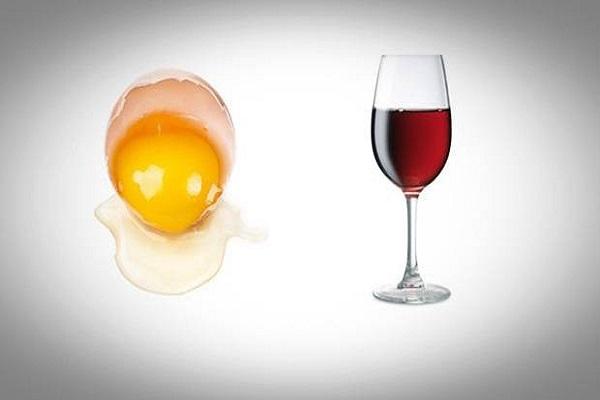
To clean the drink with fish glue or gelatin, they are preliminarily kept in water at room temperature for a day. For pasting 5 liters of wine, 1 g of gelatin or 0.5 g of glue is required. A little drink is poured from a container with wine into a separate container and the swollen ingredient is added there, after which it is thoroughly mixed and returned to the main container. The wine is stirred again and the precipitate is allowed to settle. When it is formed, the drink will become clearer and acquire a pleasant aroma.
Egg white wrapping is appreciated for its ease of implementation. It is necessary to separate the white from the yolk, beat well and add to the container with the drink. The ingredient is used at the rate of 1 protein per 50 liters of wine. After adding the beaten egg white, the alcohol is quickly stirred to shorten the exposure time to air. After insisting for a couple of days, the product is removed from the sediment.
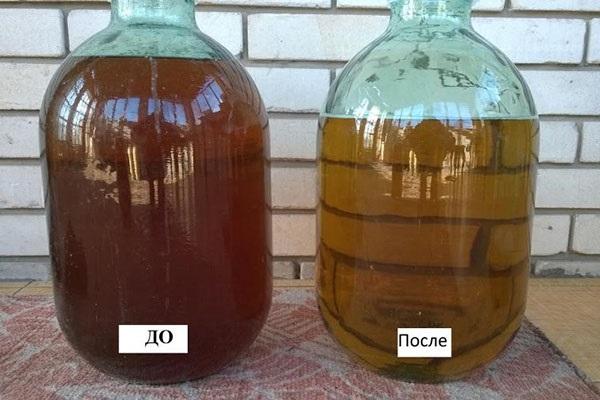
Bentonite is used if other ingredients for pasting have not helped. For 1 liter of wine, take 2 g of the substance and pour it for 10-12 hours to swell. Then pour in 1 liter of water, mix thoroughly and pour the resulting mixture into the main container.
After a few days, the drink is removed from the sediment and the aroma is checked.
Coal cleaning
An extreme measure to eliminate the mash odor is mixing with birch charcoal. A handful of coal is immersed in a container with a drink, and fusel oils are absorbed. At the same time, along with the foreign smell, taste characteristics go away, which significantly reduces the quality of the finished product.
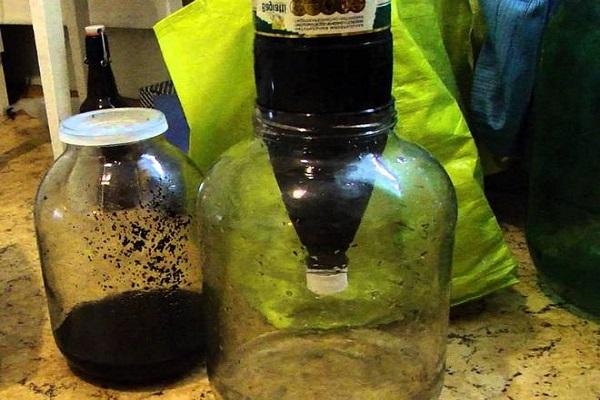
What to do with wine if you can't remove the smell?
Even cleaning the drink does not always solve the problem completely. If none of the options to combat the unpleasant odor led to the desired result, it is better to restart the preparation of the wine. This will save time and labor, since the likelihood of aroma restoration if all methods are ineffective is minimal.
